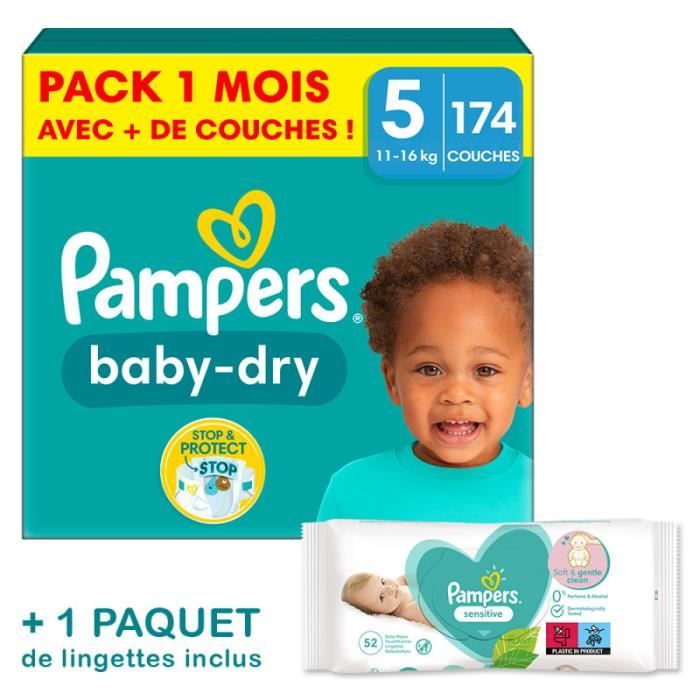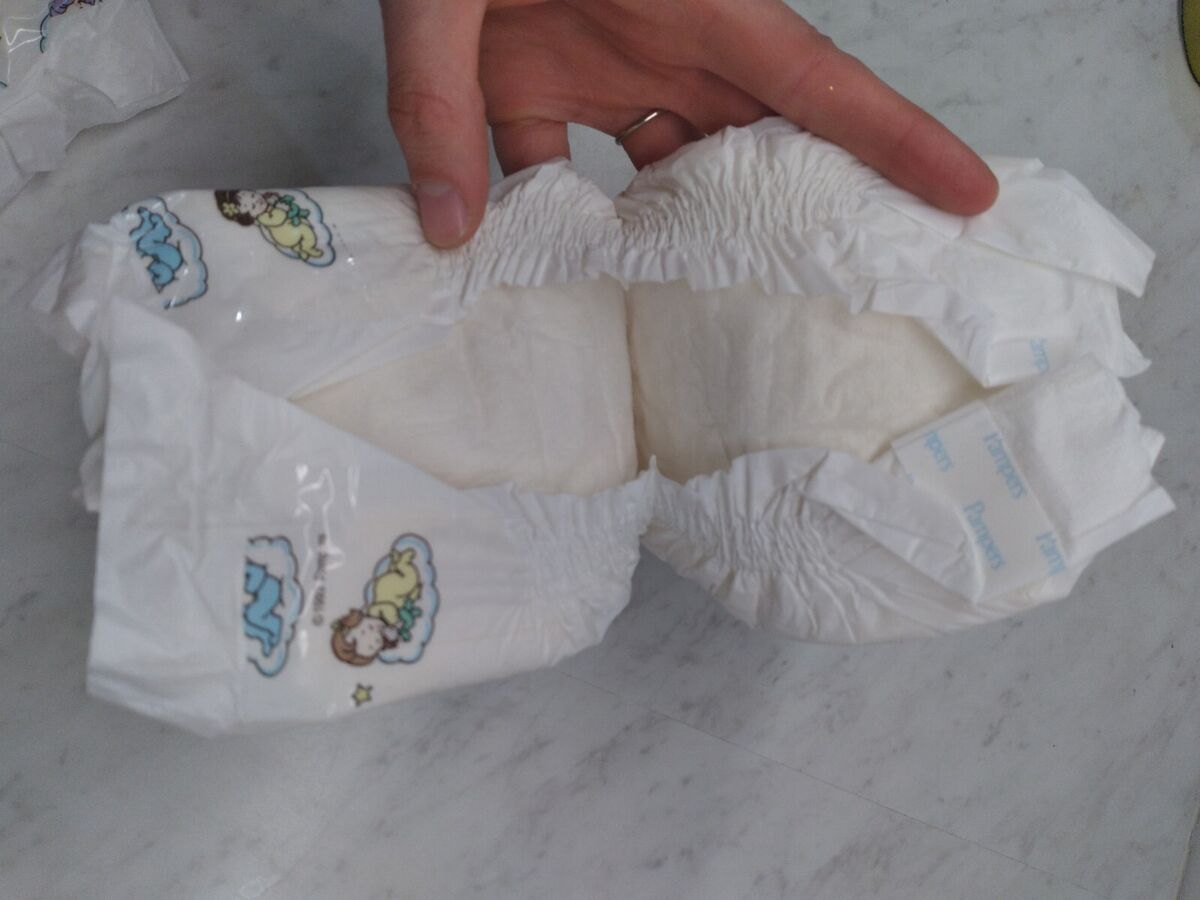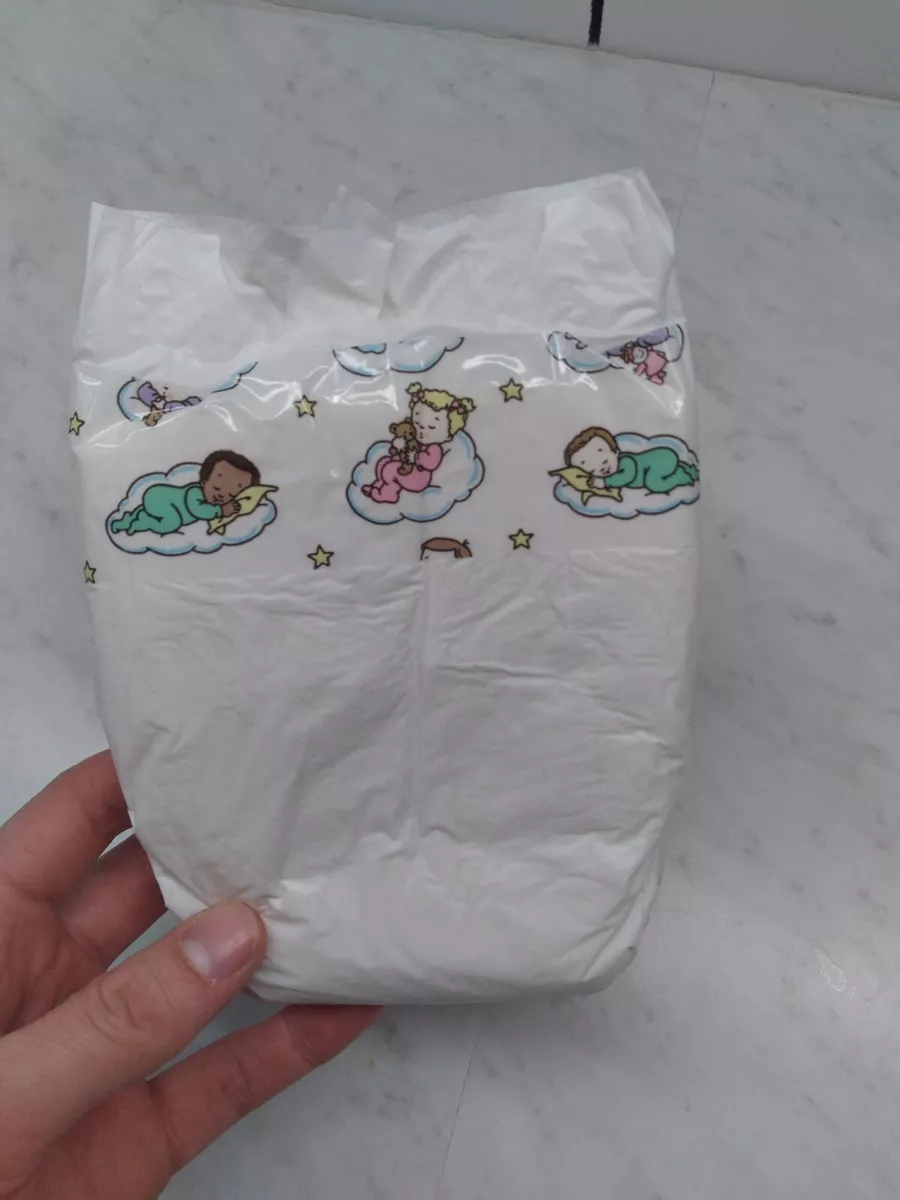Owen and others advocate reusable cloth diapers and redesigning disposable nappies to be compostable. Staff Writer X. In general, indoor air is absolutely lousy with them; each year you could be inhaling tens of thousands of particles. Definitely will be buying them again. Stephen Armstrong. The company is also experimenting with diaper recycling programs. Pyramid Scheme Word Game. She envisioned a time-saving, affordable, hygienic product to take the load off busy mothers. The numbers are staggering. Submit a tip. News U. Ecoton has found plastic fibers, likely from diapers, in 80 percent of the fish examined in the Brantas River.


The board recommends burial or incineration. International U. Top categories. Even hardwood floors are coated in polymers that shed microplastics. Biodegradable nappies are conceptually possible but technically not easy. Steve Nadis. Viruses called phages are a promising treatment option for bacterial infections when antibiotics stop working, but they have limitations. They wipe comfortably and are super soft.
Understanding Plastic Backed Baby Diapers
Industry body Edana says that companies are trying different ways of production and collection, but making compostable or biodegradable diapers is a complicated matter. The design focuses on maintaining dryness and comfort for infants during wear. Based on 3 reviews. Any of this could generate tiny particles that children breathe or swallow. The idea for throwaway diapers can be traced back to an anonymous nun working in the nursery of an Ohio hospital. Baby pull ups diapers wholesale plastic backed baby diapers diapers morocco. Remember to bin your wipes and not to flush them. She envisioned a time-saving, affordable, hygienic product to take the load off busy mothers. Trade Assurance Safe and easy payments Money-back policy On-time shipping After-sales protections Product monitoring services. Pyramid Scheme Word Game. Biodegradable nappies are conceptually possible but technically not easy. Follow Us. NurPhoto via Getty Images.
Pampers® Products: Diapers, Wipes & Training Pants | Pampers
- The company is also experimenting with diaper recycling programs.
- Dermatologically approved by Skin Health Alliance dermatologists.
- Of particular concern are a class of chemicals called endocrine-disrupting chemicals, or EDCs, which disrupt hormones and have been connected to reproductive, neurological, and metabolic problems, for instance increased obesity.
- This echoes previous studies that have found microplastics in human placentas and meconium.
- Infants spend a significant amount of their time crawling through the stuff, agitating the settled fibers and kicking them up into the air.
- This is known as translocation: Particularly small particles might pass through the gut wall and end up in other organs, including the brain.
Whenever a plastic bag or bottle degrades, it breaks into ever smaller pieces that work their way into nooks in the environment. When you wash synthetic fabrics, tiny plastic fibers break loose and flow out to sea. When you drive, plastic bits fly off your tires and brakes. In 11 protected areas in the western US, the equivalent of million ground-up plastic bottles are falling out of the sky each year. And now, microplastics are coming out of babies. They even found it in newborns' first feces. The finding comes a year after another team of researchers calculated that preparing hot formula in plastic bottles severely erodes the material, which could dose babies with several million microplastic particles a day , and perhaps nearly a billion a year. Although adults are bigger, scientists think that in some ways infants have more exposure. In addition to drinking from bottles, babies could be ingesting microplastics in a dizzying number of ways. Children drink from plastic sippy cups and eat off plastic plates. The carpets they crawl on are often made of polyester. Even hardwood floors are coated in polymers that shed microplastics. Any of this could generate tiny particles that children breathe or swallow. Indoor dust is also emerging as a major route of microplastic exposure, especially for infants. In general, indoor air is absolutely lousy with them; each year you could be inhaling tens of thousands of particles. Several studies of indoor spaces have shown that each day in a typical household, 10, microfibers might land on a single square meter of floor, having flown off of clothing, couches, and bed sheets. Infants spend a significant amount of their time crawling through the stuff, agitating the settled fibers and kicking them up into the air.
Based on 3 reviews. Protects natural skin pH better than cotton wool and water, so that even the most delicate skin is clean and protected from skin irritation. Star rating. Pampers does not represent or warrant the accuracy of any statements or product claims made here, nor plastic baby in pampers any opinions expressed within this section. They are very good. They wipe comfortably and are super soft.



Plastic baby in pampers. Baby Diapers Are Hiding Some Dirty, Dangerous Secrets
The idea for throwaway diapers can be traced back to an anonymous nun working in the nursery of an Ohio hospital, plastic baby in pampers. Back in the mids, plastic baby in pampers historians say, she proposed that U. She envisioned a time-saving, affordable, hygienic product to take the load off busy mothers. Having saturated the baby plastic baby in pampers in the United States and Europe, it is now expanding rapidly into population growth hot spots in Asia and Africa. Kingdog pieluchy because disposable diapers are mostly made with nonrecyclable polyethylene plasticwhich breaks down over hundreds of years and contains toxic chemicals and microplasticsthe throwaway diaper born in the baby-boom years has lost some of its shine. The numbers are staggering. Until human babies are fully potty-trained, they poop in diapers four or more times a day. In the U. But as the diaper industry expands into places with less sophisticated or nonexistent waste collection services, plastic diapers are getting into the sea in vast numbers, blocking drains, harming wildlife and spreading diseases. Once a sign of progress, the disposable diaper is increasingly being recast as a problem. In India, where around 27 million children are born a year and a growing middle class is turning to disposables, authorities are worried that diapers are not being discarded properly. The board recommends burial or incineration. Despite strict traditional rules governing the disposal of bodily fluids in many societies, the lure of disposables is too much for many families. It is leading to a culture clash. In Indonesia, plastic baby in pampers, where the population has doubled to million people in just 45 years, plastic diaper waste hit like a bomb.
About products and suppliers:
Plastic backed baby diapers represent a specific category of infant hygiene products designed to offer leak-proof protection. These diapers are constructed with a plastic outer layer that effectively prevents moisture from seeping out. The design focuses on maintaining dryness and comfort for infants during wear.
Of particular concern are a class of chemicals called endocrine-disrupting chemicals, or EDCs, which disrupt hormones and have been connected to reproductive, neurological, and metabolic problems, for instance increased obesity, plastic baby in pampers. Environmental activists carry banners that read, "Free the Brantas River from diaper waste" in Jakarta, Indonesia, on Jan.


I think, that you are mistaken. Write to me in PM, we will communicate.